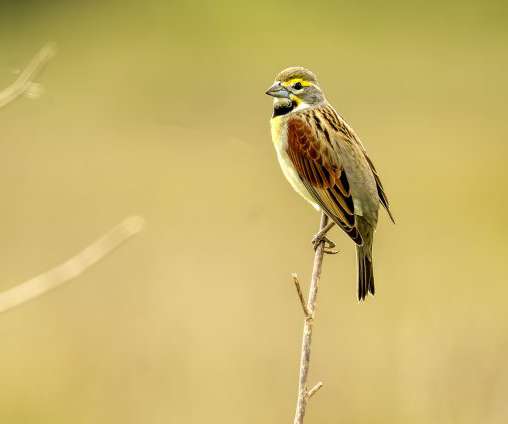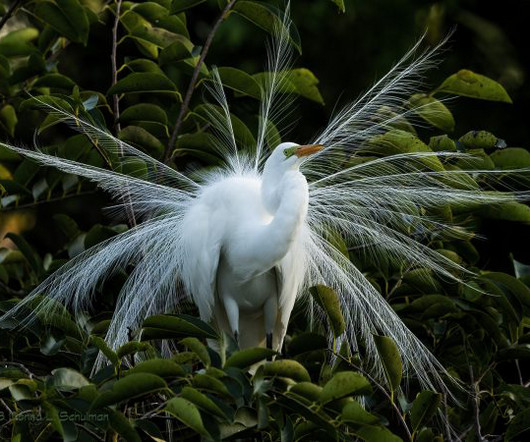What to Do at High Island When the Winds are South
10,000 Birds
MAY 3, 2022
It stops those thousands of migrating birds flying across the Gulf of Mexico and directs them right onto the trees, fields, sanctuaries, beaches along the Bolivar Peninsula, where they hopefully find food and fresh water. Corps of Engineers to protect Galveston Bay at the end of the 19th-century. You just need to know where to look.











Let's personalize your content